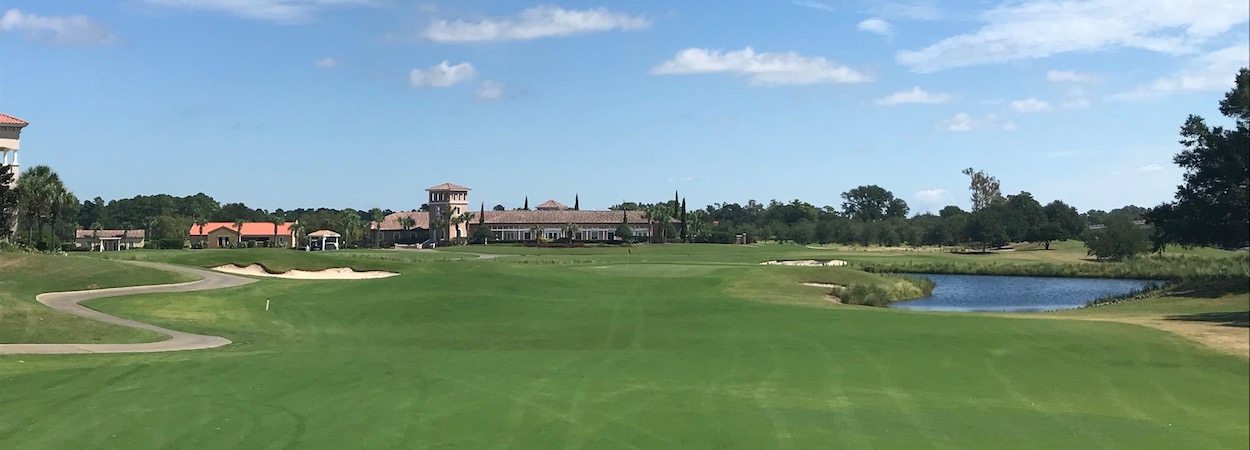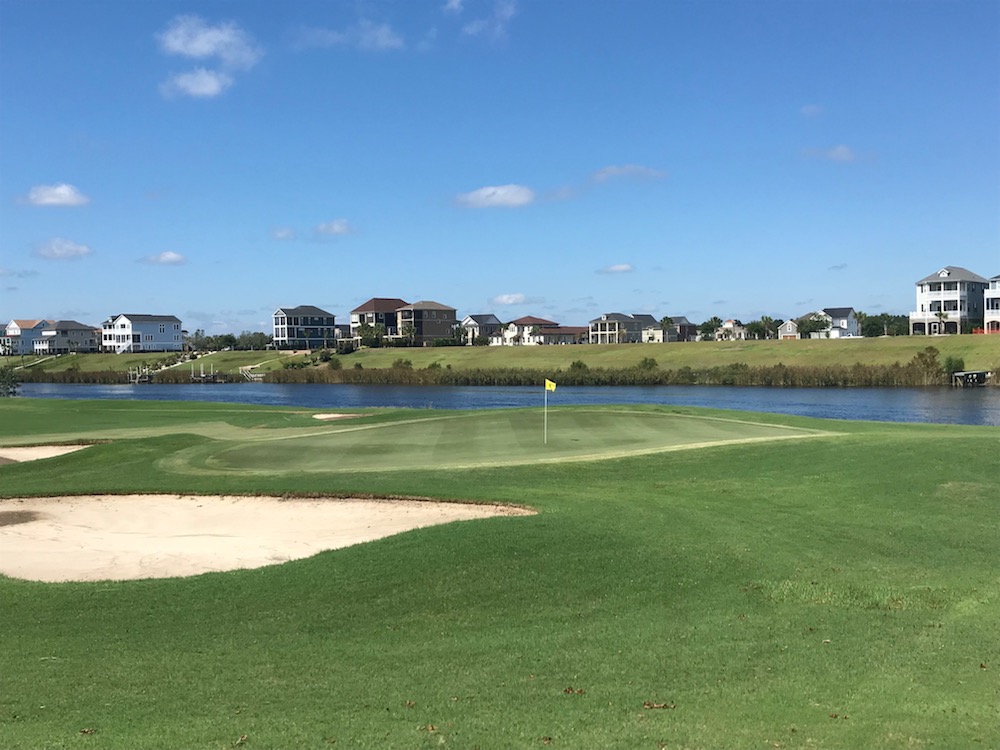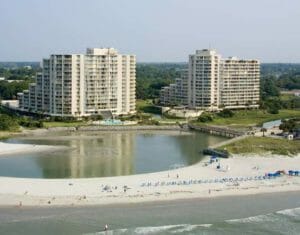

Moving Forward, and What We’ve Learned, from Hurricane Florence
by Chris King
Hurricane Florence is FINALLY over.
The storm came ashore just north of Wilmington, N.C., on September 14 and proceeded to inundate the Carolinas with rain that was far more damaging than the wind speeds that initially attracted so much attention.
With the rivers receding and the national media having moved on, the question I get asked most is, “How bad was it?”
The honest answer is, it depends on where you were.
For people who live along rivers that obliterated previously record flood heights, the impacts were at best awful and at worst tragic.
What I’m about to tell you isn’t meant to diminish the impact of the storm on people who lost everything. Quite the contrary. We need to keep the folks hardest hit in mind, hence our partnership with Dustin Johnson and other stars to help raise money to aid the recovery process.
As we look forward, people are concerned about how the Myrtle Beach area emerged from the storm and what impact, if any, it may have on your fall golf trip (and if you are wondering about the spring, stop. Florence won’t impact the conditions you experience in 2019).
Those concerns are understandable. For nearly a month, any glance at the forecast seemed to offer the possibility of impending catastrophe, and this place was a ghost town throughout September.
For some, the worst-case scenario became a reality. For the vast majority of people and golf courses, however, it mercifully never materialized.
We work with 75 golf courses, and that total includes every relevant public layout in the area. Of those, only one suffered significant damage (more on that in a moment).
Given where Florence came ashore, there was tremendous concern about the fate of our courses on the North Strand and those in Brunswick County, North Carolina in particular. Layouts like Carolina National and Rivers Edge weren’t far from the eye wall.
They absorbed heavy rains and high winds, but after a couple days to dry out and remove some debris, they were back open and in great shape. The same held true for their fellow courses on the Tar Heel side of the state line.
I understand if your reaction is to think, “Of course, they are saying everything is okay.”

But it’s true. Our golf courses emerged from the “hurricane” part of the storm almost completely unscathed.
The more significant problems came with the flooding that followed. We were largely inaccessible via car because of road closures, and all that water eventually made its way toward the coast before emptying into the Atlantic Ocean, flooding the Waccamaw River and its tributaries.
One area course – Aberdeen Country Club – suffered significant flooding. The course will be closed indefinitely, possibly for the remainder of 2018, as a result of the inundation and the resulting problems.
The layout will be fine over the long term, but the recovery process will be measured in months, not days or weeks.
A few other courses suffered comparatively minor flooding. While the pictures that surfaced on social media were dramatic, we were fortunate that the impact was not as severe. The water receded, leaving behind brown grass that takes 7-10 days to green back up (the brown grass in no way impacts play, it just doesn’t look as good).
Florence was one of the 10 costliest hurricanes in American history, but the Myrtle Beach golf community was fortunate. Courses will be open and in prime condition throughout October.
You can make the trek to Myrtle Beach confident that you will enjoy the course conditions and idyllic weather that have long made fall a great time for a golf trip.



